Discover South Africa’s Splendor: Cape Town, Kruger National Park, and the Cape Winelands/Garden Route
The Cape Winelands, nestled in the Western Cape Province of South Africa, is a picturesque region renowned not only for its award-winning wines but also for being the culinary heart of the country. This area, with its rolling vineyards, historic estates, and charming towns, offers a delightful blend of gourmet experiences, wine tastings, and breathtaking landscapes. Here’s a detailed exploration of the Cape Winelands as South Africa’s culinary heart:
- Wine Estates and Vineyards:
- The Cape Winelands is home to some of South Africa’s oldest and most prestigious wine estates. Stellenbosch, Franschhoek, and Paarl are key wine-producing regions, each offering a unique terroir that influences the character of the wines produced. Visitors can embark on wine tastings, cellar tours, and pairings with gourmet cuisine.
- Stellenbosch:
- Stellenbosch, one of the oldest towns in South Africa, boasts tree-lined streets, historic Cape Dutch architecture, and a vibrant culinary scene. The town is dotted with top-notch restaurants, cafes, and bistros where visitors can indulge in farm-to-table dishes and artisanal products.
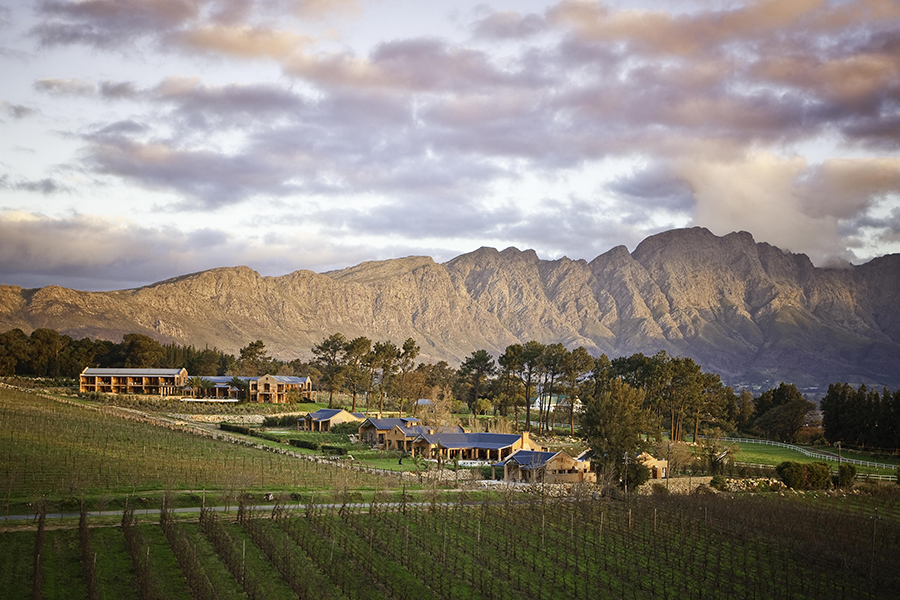
- Franschhoek:
- Known as the “Food and Wine Capital” of South Africa, Franschhoek is a culinary haven. The town’s French Huguenot heritage is reflected in its gastronomy. Franschhoek’s restaurants, many of which are located within wine estates, showcase a fusion of French and South African flavors.
- Paarl:
- Paarl is not only famous for its bold red wines but also for its diverse culinary offerings. The town features renowned restaurants serving creative dishes made with locally sourced ingredients. Visitors can enjoy meals with panoramic views of the Paarl Valley.

- Gourmet Dining:
- The Cape Winelands is home to numerous gourmet dining establishments helmed by talented chefs. These chefs often draw inspiration from the region’s seasonal produce, creating menus that showcase the best of South African cuisine with international flair.
- Farmers’ Markets:
- Farmers’ markets in the Cape Winelands provide a platform for local farmers, artisans, and producers to showcase their goods. Visitors can explore stalls offering fresh produce, artisanal cheeses, baked goods, and other culinary delights.
- Cooking Classes and Workshops:
- Many wine estates and culinary establishments offer cooking classes and workshops, allowing visitors to learn the art of South African cooking. These hands-on experiences often include wine pairings and insights into the region’s culinary traditions.
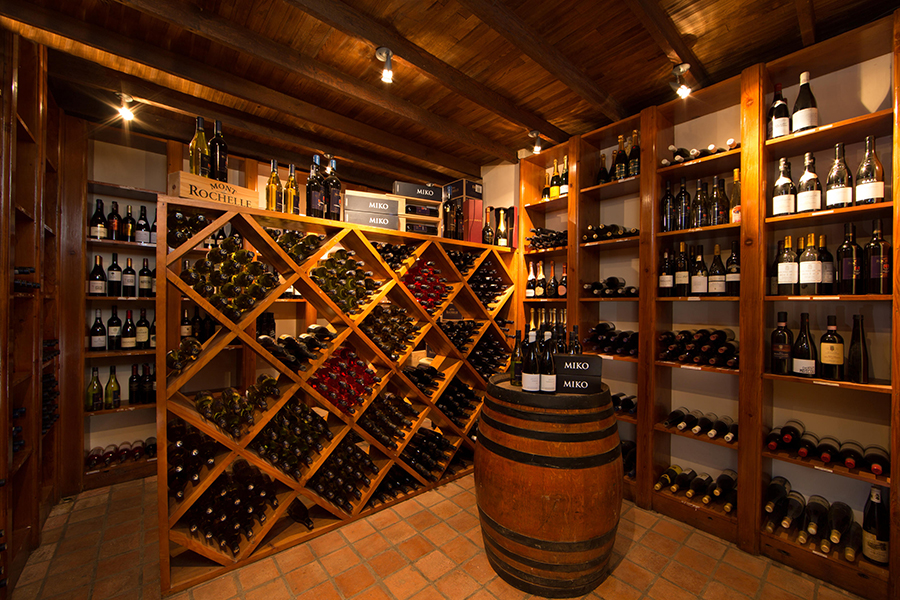
- Picnics and Alfresco Dining:
- Several wine estates in the Cape Winelands provide idyllic settings for picnics amidst vineyards or gardens. Visitors can enjoy alfresco dining with curated picnic baskets paired with the estate’s wines.
- Culinary Festivals:
- The Cape Winelands hosts various culinary festivals and events throughout the year, celebrating local food and wine. These events attract food enthusiasts, chefs, and winemakers from around the world.
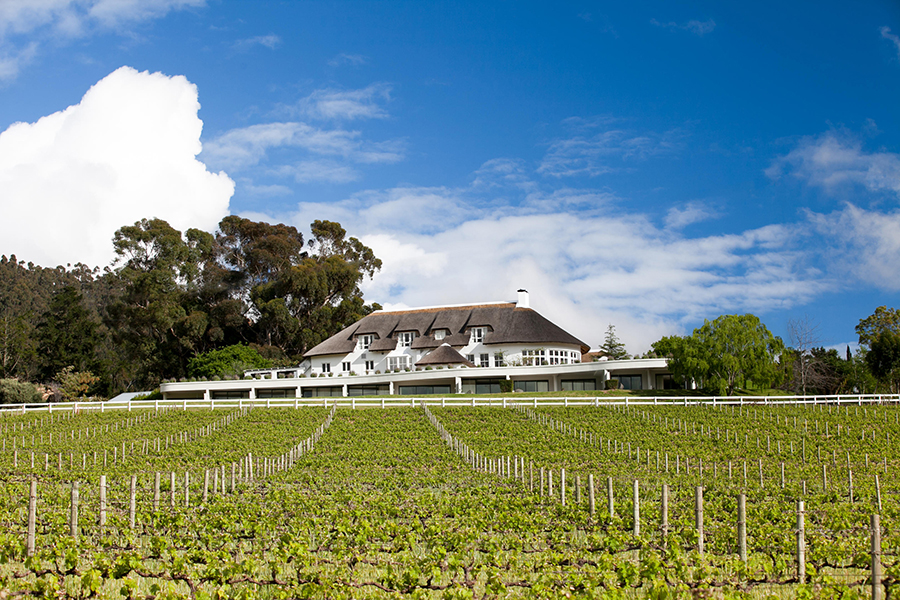
- Chocolate and Olive Tasting:
- In addition to wine, the Cape Winelands is known for its exquisite chocolates and olives. Visitors can partake in tastings that pair these delectable treats with local wines, creating a sensory experience.
The Cape Winelands stands out not only for its world-class wines but also for its thriving culinary scene. Whether you’re savoring gourmet meals, exploring farmers’ markets, or indulging in wine and food pairings, the region offers a culinary journey that reflects the rich diversity and flavors of South Africa.
Garden Route: Africa’s Most Gorgeous Coastline in South Africa
The Garden Route, a spectacular stretch along the southern coast of South Africa, is often hailed as Africa’s most gorgeous coastline. This iconic route meanders through diverse landscapes, encompassing lush forests, pristine beaches, rugged cliffs, and charming towns. Offering a perfect blend of natural beauty and outdoor adventures, the Garden Route has become a must-visit destination for travelers seeking breathtaking scenery and diverse activities. Here’s an in-depth exploration of why the Garden Route is considered Africa’s most gorgeous coastline:
- Tsitsikamma National Park:
- The Garden Route begins or ends (depending on your direction) with the Tsitsikamma National Park. This coastal reserve is known for its dramatic landscapes, including the Storms River Mouth, the Storms River Suspension Bridge, and the famous Otter Trail for avid hikers.
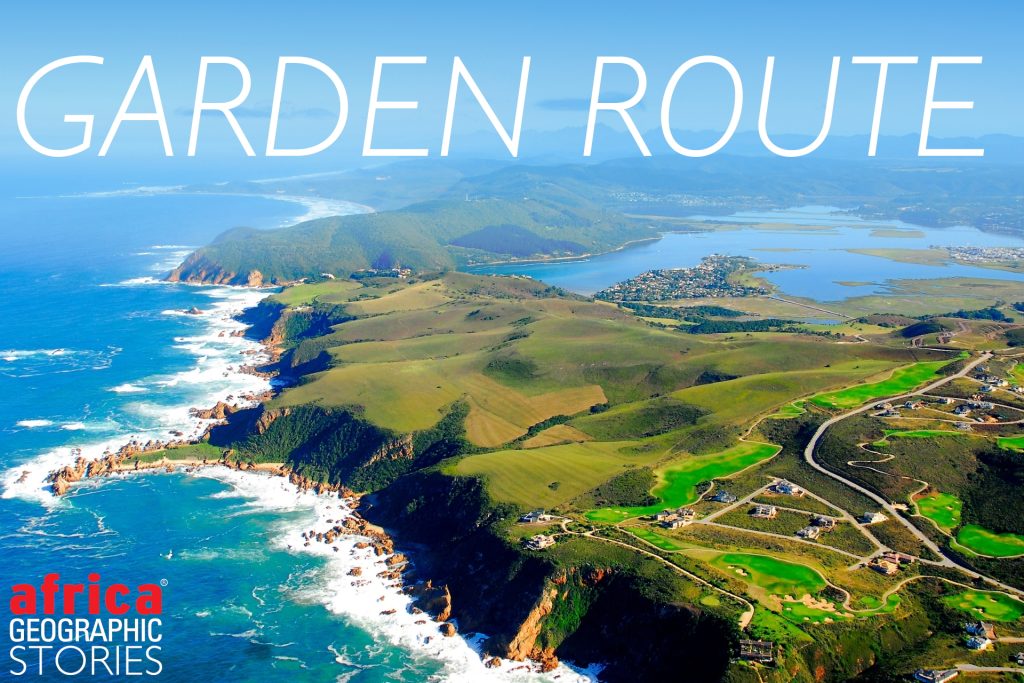
- Nature’s Valley:
- Nestled between the Tsitsikamma Mountains and the Indian Ocean, Nature’s Valley is a serene haven with a pristine beach and lush forest surroundings. It’s a paradise for birdwatchers, hikers, and those seeking tranquility.
- Plettenberg Bay:
- Plettenberg Bay, or Plett, is a charming coastal town offering beautiful beaches, water activities, and a vibrant atmosphere. Robberg Nature Reserve provides stunning views of the coastline, and visitors can enjoy encounters with seals and dolphins.
- Knysna:
- Knysna is renowned for its picturesque estuary, the Knysna Heads, and the indigenous forests of the Garden of Eden. The Knysna Lagoon offers opportunities for boat cruises, and the town is famous for its oysters and seafood.

- Wilderness:
- Wilderness is a coastal town surrounded by lush forests and the placid Wilderness Lagoon. It’s a haven for outdoor enthusiasts with activities like hiking, canoeing, and paragliding. The Map of Africa viewpoint offers a stunning panorama.
- Sedgefield:
- Sedgefield is a quaint town situated between Wilderness and Knysna. Its pristine beaches, serene lakes, and the weekly Wild Oats Community Farmers’ Market make it a delightful stop on the Garden Route.
- George:
- George serves as the commercial hub of the Garden Route and offers a blend of urban conveniences and natural beauty. The Outeniqua Transport Museum and the Garden Route Botanical Garden are noteworthy attractions.
- Mossel Bay:
- Mossel Bay is known for its historical significance, pristine beaches, and the Cape St Blaize Lighthouse. The town offers opportunities for shark cage diving and exploring the Diaz Museum Complex.
- Cango Caves:
- Although slightly inland, the Cango Caves are often included in Garden Route itineraries. These extensive limestone caves showcase impressive stalactite and stalagmite formations.
- Outdoor Adventures:
- The Garden Route is a paradise for adventure seekers. Activities range from hiking and abseiling to bungee jumping at the Bloukrans Bridge, home to the highest commercial bungee jump in the world.
- Diverse Landscapes:
- What sets the Garden Route apart is its diverse landscapes, encompassing coastal cliffs, dense forests, tranquil lakes, and expansive beaches. The changing scenery makes for a captivating road trip experience.
- Flora and Fauna:
- The region is rich in biodiversity, with the Garden Route National Park protecting indigenous forests, fynbos, and marine environments. It’s a haven for birdwatchers, with the chance to spot the Knysna Turaco and other endemic species.

The Garden Route stands as a testament to the natural wonders of South Africa, offering a tapestry of landscapes and a wealth of outdoor experiences. Whether driving along its winding roads, exploring coastal trails, or simply enjoying the breathtaking views, visitors are immersed in the unparalleled beauty that defines the Garden Route as Africa’s most gorgeous coastline.
Reasons Why Cape town Should be A must visit place in South Africa
Cape Town, often hailed as one of the most beautiful cities globally, is a diverse and vibrant destination at the southern tip of Africa. This coastal metropolis is renowned for its stunning landscapes, cultural richness, and a mix of modern and historical attractions. Here’s a detailed review of Cape Town, covering various aspects of this captivating city:
- Scenic Beauty:
- Cape Town is framed by the iconic Table Mountain, a flat-topped mountain that dominates the city’s skyline. The views from the summit are breathtaking, offering panoramic vistas of the city, ocean, and surrounding landscapes.
- Table Mountain National Park:
- The Table Mountain National Park encompasses not only the mountain itself but also stretches to include a diverse range of ecosystems. Visitors can explore hiking trails, enjoy cable car rides to the summit, and revel in the rich biodiversity of the park.

- Cultural Heritage:
- Cape Town is steeped in history, evident in its architecture, museums, and landmarks. The city is home to the historic Robben Island, where Nelson Mandela was imprisoned. The District Six Museum provides insights into the city’s troubled past during apartheid.
- V&A Waterfront:
- The Victoria & Alfred (V&A) Waterfront is a bustling harbor area offering a mix of shopping, dining, and entertainment. It’s a hub for waterfront activities, including boat trips to Robben Island, cultural performances, and vibrant markets.
- Cape Winelands:
- Just a short drive from the city, the Cape Winelands boast picturesque vineyards and historic wine estates. Stellenbosch, Franschhoek, and Paarl are renowned for their wine production, charming villages, and culinary delights.
- Cape Point and Cape of Good Hope:
- The Cape of Good Hope, located within Table Mountain National Park, is a dramatic headland where the Atlantic and Indian Oceans meet. Visitors can explore Cape Point, take in stunning coastal views, and encounter wildlife such as baboons.
- Breathtaking Beaches:
- Cape Town is blessed with beautiful beaches, each offering a unique experience. Camps Bay is famous for its white sands and trendy atmosphere, while Boulders Beach is known for its resident penguin colony.
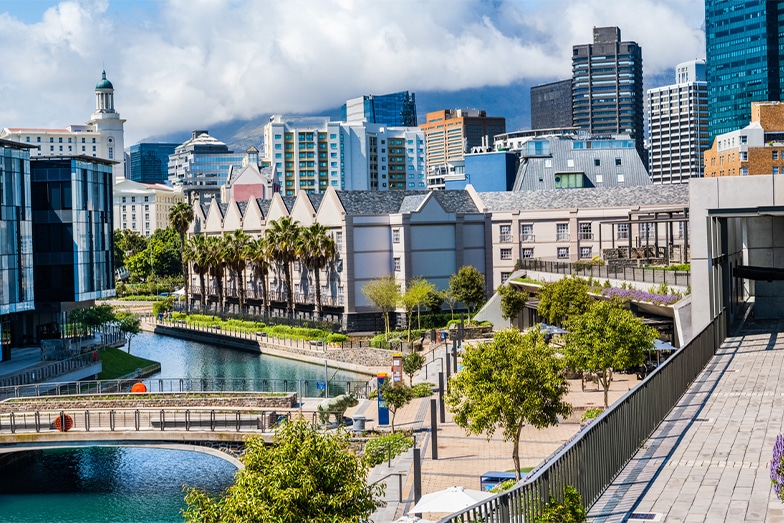
- Culinary Scene:
- Cape Town’s culinary scene is diverse and vibrant. From fine dining restaurants at the V&A Waterfront to the colorful markets serving local delicacies, food enthusiasts can savor a variety of flavors influenced by the city’s multicultural heritage.
- Bo-Kaap:
- The Bo-Kaap neighborhood is known for its colorful houses, cobblestone streets, and a rich Cape Malay cultural heritage. It’s a vibrant area filled with history, unique architecture, and a lively atmosphere.
- Outdoor Activities:
- Adventure seekers can indulge in various outdoor activities, including hiking, surfing, paragliding off Signal Hill, and exploring the Cape Floral Kingdom, a UNESCO World Heritage site.
- Museums and Art Galleries:
- Cape Town boasts a wealth of museums and art galleries, including the South African Museum, Zeitz MOCAA (Museum of Contemporary Art Africa), and the Iziko South African National Gallery.
- Safety Considerations:
- While Cape Town is a generally safe destination, like any major city, visitors should be mindful of their surroundings, particularly in certain areas. It’s advisable to take standard safety precautions and seek local advice.
Cape Town’s allure lies in its ability to seamlessly blend natural beauty, cultural richness, and modern amenities. Whether you’re exploring its historic sites, indulging in culinary delights, or soaking in the coastal landscapes, Cape Town offers a multifaceted and unforgettable experience for every traveler.
Famous Kruger National Park located in South Africa
Kruger National Park, located in northeastern South Africa, is one of Africa’s most renowned wildlife reserves and a premier destination for safari enthusiasts. Covering an area of nearly 20,000 square kilometers, the park is a biodiversity hotspot, home to a vast array of flora and fauna. One of its most significant attractions is the opportunity to encounter the “Big Five,” a term coined by big-game hunters referring to the five most challenging animals to hunt on foot. The Big Five consists of the lion, leopard, elephant, buffalo, and rhinoceros. Here’s a closer look at each member of the Big Five in Kruger National Park:
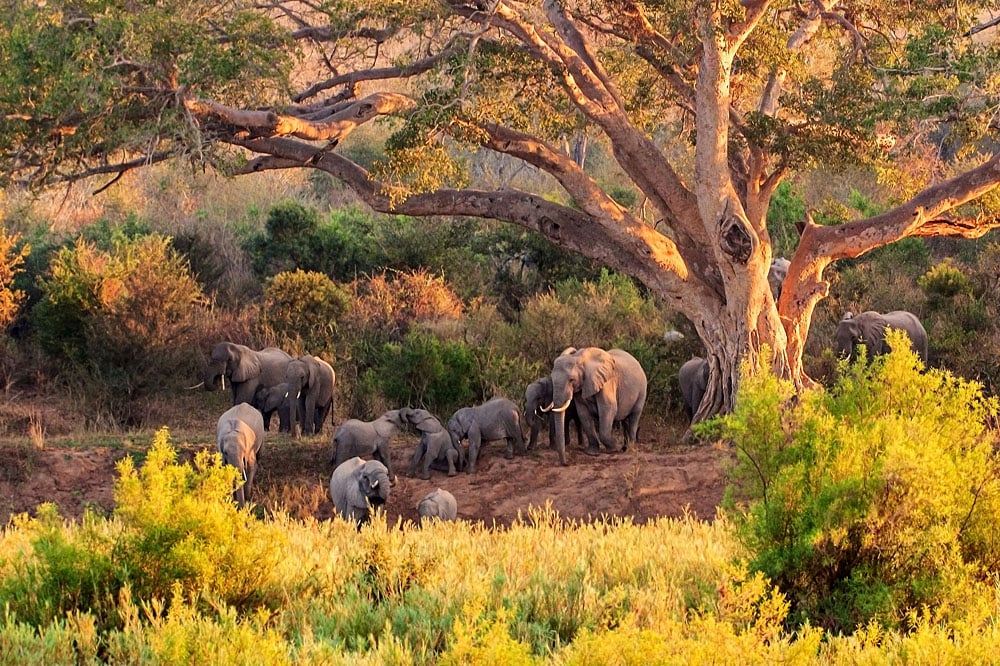
- Lion (Panthera leo):
- Lions are the only social big cats and are often spotted in prides. They are apex predators and exhibit a strong presence in the grasslands and savannas of Kruger. The park provides excellent opportunities for observing these majestic animals in their natural habitat.
- Leopard (Panthera pardus):
- Leopards are elusive and solitary creatures known for their ability to adapt to various environments. Kruger National Park offers a suitable habitat for leopards, providing sufficient cover for their stealthy hunting techniques. Spotting a leopard requires a keen eye due to their camouflaging fur.
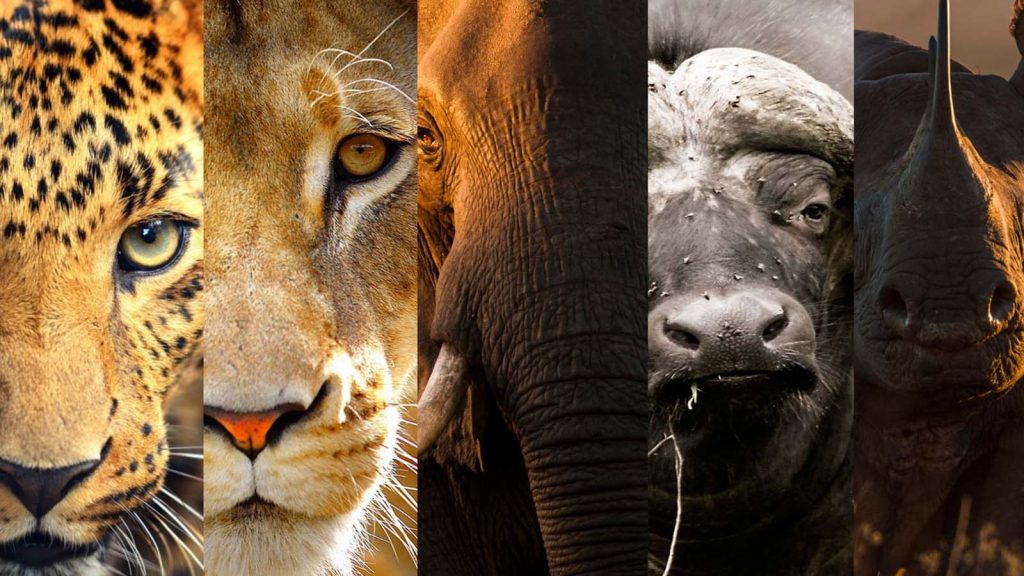
- African Elephant (Loxodonta africana):
- Kruger is home to a large population of African elephants. These gentle giants roam the park’s diverse landscapes, from woodlands to riverine areas. Visitors can witness elephant herds interacting, bathing, or feeding on vegetation.
- African Buffalo (Syncerus caffer):
- The African buffalo, also known as the Cape buffalo, is a formidable herbivore found in Kruger National Park. These large, powerful animals often gather in herds and can be observed grazing on the park’s grassy plains.
- Rhinoceros (Diceros bicornis and Ceratotherium simum):
- Kruger is home to both black rhinoceros (Diceros bicornis) and white rhinoceros (Ceratotherium simum). Unfortunately, these species are endangered due to poaching for their horns. Conservation efforts in the park focus on protecting and preserving these iconic animals.
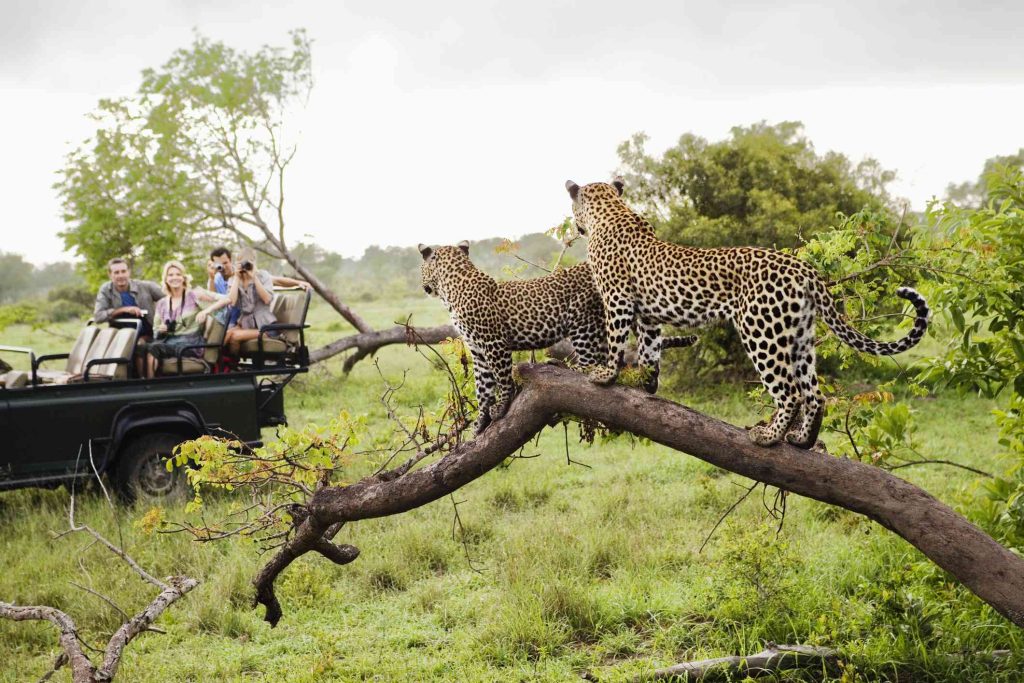
Beyond the Big Five, Kruger National Park boasts a diverse range of wildlife, including hippos, crocodiles, giraffes, zebras, various antelope species, and numerous bird species. The park’s landscapes range from savannas and woodlands to riverine forests, providing a picturesque backdrop for safari experiences.
Kruger National Park is not only a haven for wildlife enthusiasts but also a hub for conservation efforts and ecotourism. Visitors can embark on guided safaris, self-drive adventures, and guided wilderness trails to immerse themselves in the natural beauty and biodiversity of this iconic South African national park
Read More South Africa’s Spectacular Reserves: KwaZulu-Natal, Eastern Cape, and Madikwe
